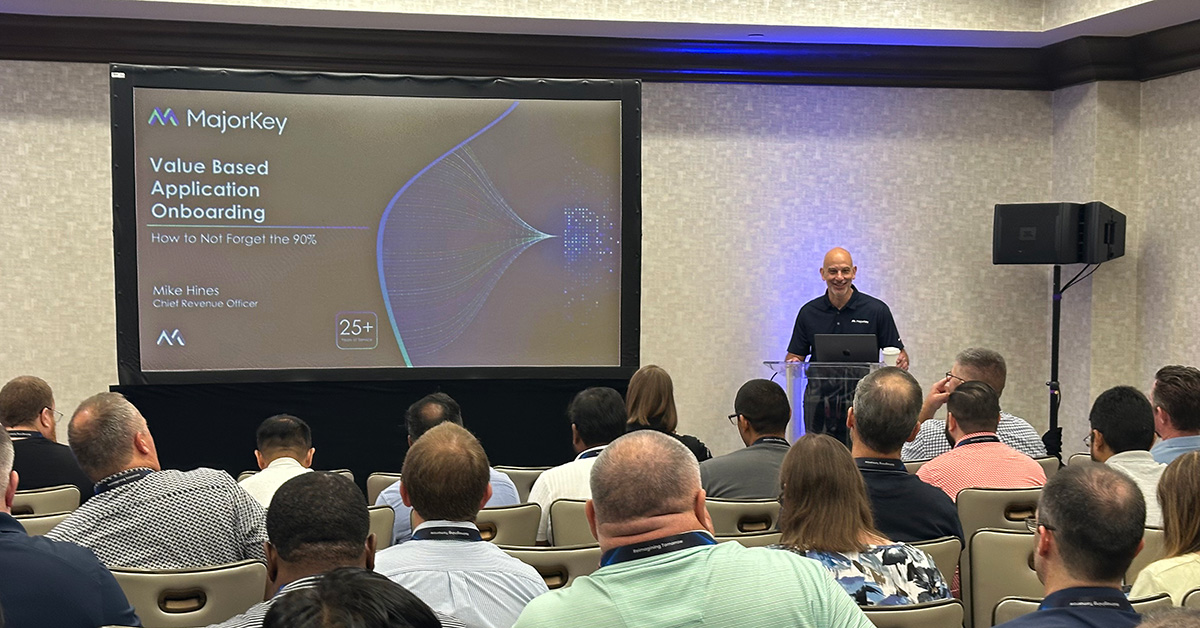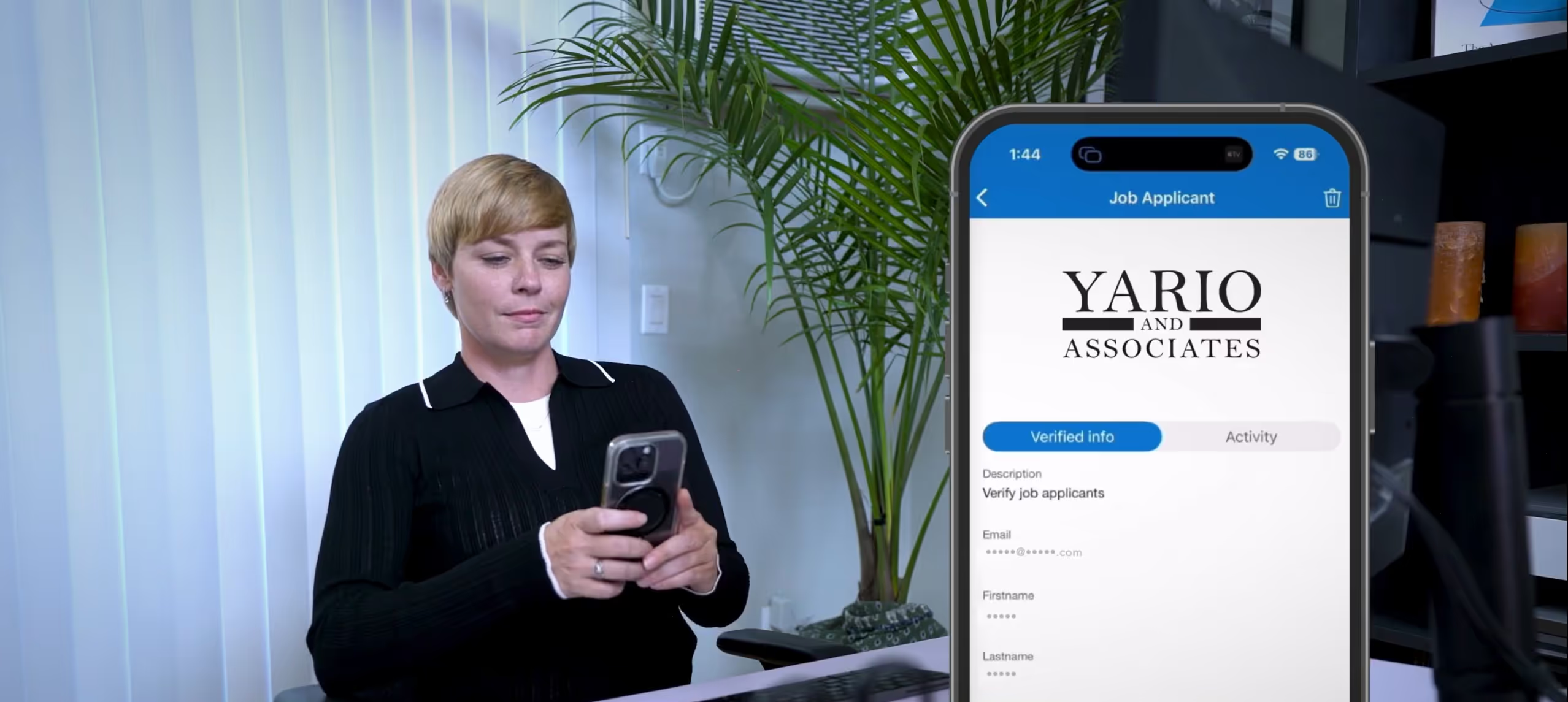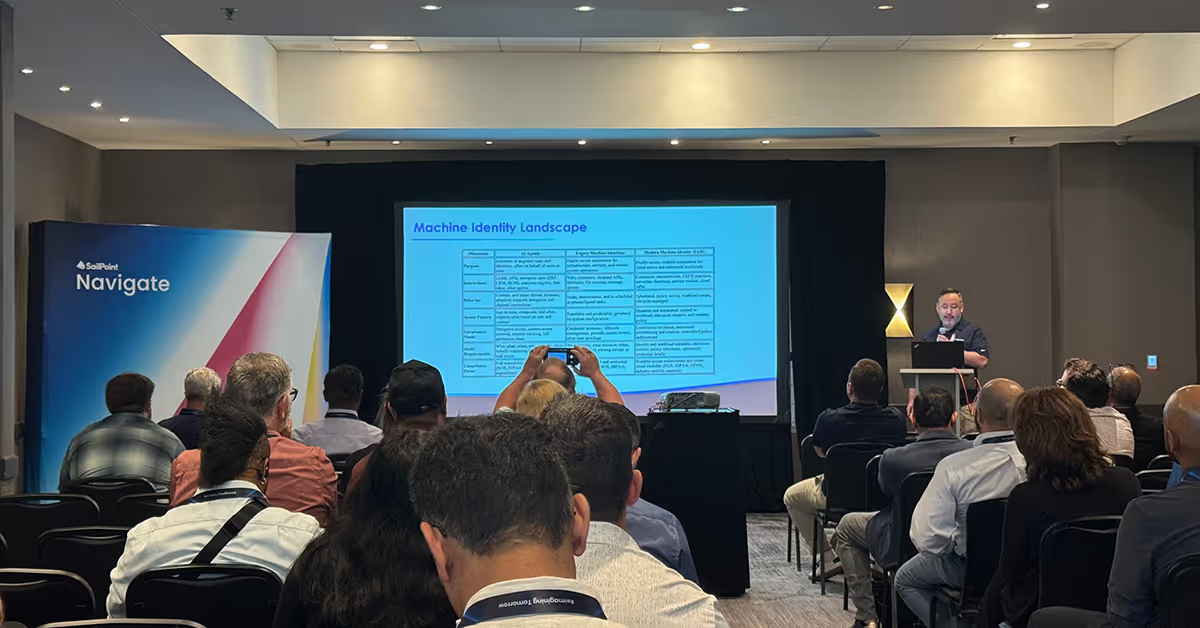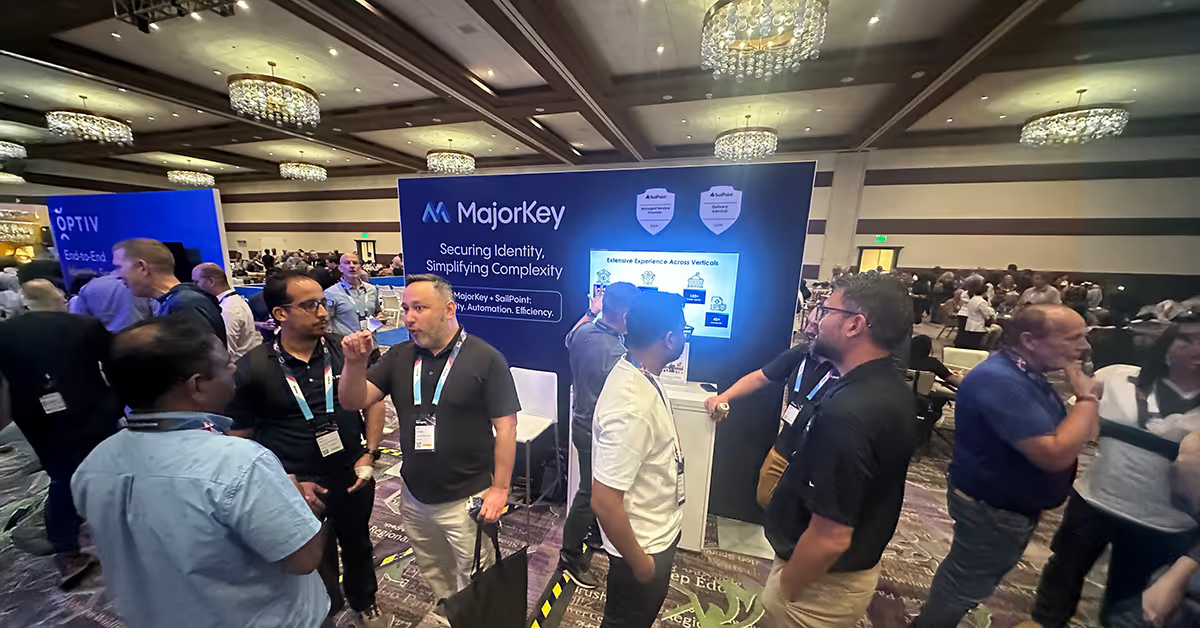Selling IAM to the Business: Speak Their Language, Not Yours
August 20, 2025
|
Duration:
4
min READ

One of the biggest challenges in identity security is getting business leaders to care. CISOs and IAM professionals often speak in technical terms (MFA, provisioning, zero trust, you get the idea) that don’t resonate with non-technical stakeholders. To gain buy-in and drive adoption, you need to speak the language of business.
Why Language Matters
Business leaders care about outcomes: revenue growth, customer satisfaction, employee productivity. They also want to see progress more than roadblocks. The perception of IAM projects are costly, complex and often fail has always hindered any positive feeling in business leaders. If you can’t connect IAM to these goals, your project risks being seen as a technical expense rather than a strategic investment.
Real-World Examples of Tailoring the IAM Message
To drive adoption, IAM leaders must translate technical capabilities into business outcomes. Here’s how to do that across departments:
Sales: Speed and Simplicity
IAM Pitch: “We’ll help your reps spend more time selling and less time logging in.”
Instead of “SSO and MFA,” say: “One login gets your team into all their sales tools securely and instantly.”
Business Impact:
- Accelerates deal cycles
- Improves CRM adoption
- Boosts rep satisfaction and performance
Human Resources: Faster Onboarding, Better Employee Experience
IAM Pitch: “We’ll help new hires hit the ground running on Day One.”
Instead of saying “automated provisioning,” frame it as: “Imagine a new employee walks in and already has access to payroll, benefits, training modules, and collaboration tools, without waiting days for IT setup. That’s what we’re enabling.”
Business Impact:
- Reduces time-to-productivity
- Improves retention through smoother onboarding
- Enhances employer brand
Finance: Audit Readiness and Reduced Compliance Risk
IAM Pitch: “We’ll make audits painless and protect against costly fines.”
Rather than “role-based access control,” say: “We’ll ensure only the right people have access to sensitive financial systems, automatically tracked and logged for audit trails.”
Business Impact:
- Simplifies SOX, GDPR, and PCI compliance
- Reduces risk of fraud or insider threats
- Cuts costs of manual access reviews
Marketing: Seamless Customer Experiences and Brand Trust
IAM Pitch: “We’ll help you deliver personalized, secure experiences that build loyalty and drive revenue.”
Instead of “customer identity management,” say: “We’ll make it easy for customers to log in across platforms with one secure identity, reducing friction and boosting engagement.”
Business Impact:
- Improves conversion rates
- Builds trust through secure data handling
- Enables personalized campaigns with accurate identity data
Operations: Efficiency and Reduced Downtime
IAM Pitch: “We’ll keep your teams moving without interruptions.”
Rather than “access governance,” say: “We’ll ensure frontline workers always have access to the tools they need, no more delays waiting for permissions.”
Business Impact:
- Minimizes operational disruptions
- Improves service delivery speed
- Reduces IT support tickets
Practical Tips
Tailor your message by role
Don’t paint in broad strokes. Ensure that what you’re saying directly addresses the pain points of the person you’re speaking to.
Use analogies
Compare IAM to things business leaders understand, like a digital concierge or a security guard for data.
Share success stories
Use case studies to show how IAM improved business outcomes in similar organizations.
Quantify the impact
Translate technical improvements into business metrics - e.g., “reduced onboarding time by 40%.”
Anticipate common objections
Ensure you’re clearly addressing common objections such as, “Isn’t this just IT’s job?”, “How much will this cost?”, or “Will this slow my team down?”
Building Champions
Find allies in the business who understand the value of IAM and can advocate for it internally. These champions can help bridge the gap between IT and the rest of the organization.
Final Thoughts
IAM is not just an IT project, it’s a business enabler. By speaking the language of your audience, you can turn skeptics into supporters and drive meaningful change across the organization.
To learn more about how you can turn IAM into a business driver, check out our on-demand webinar, “Who Gives a Sh*t About Identity Security – How to Create Business Value from IAM.”
Authors

No items found.
No items found.
No items found.
.svg)



















.svg)
